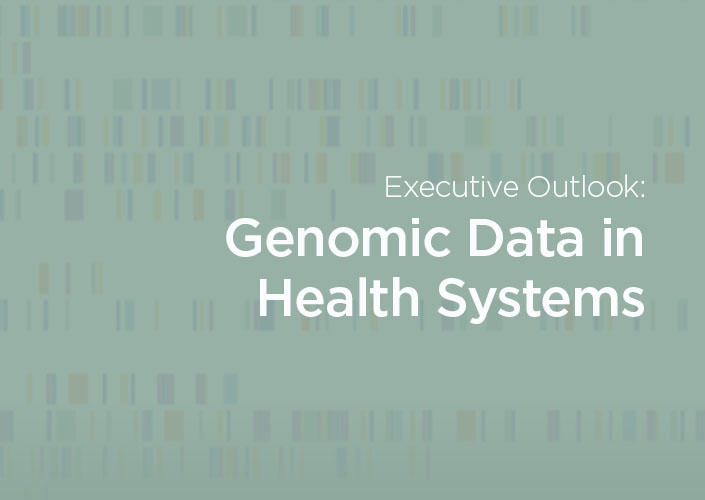To realize improved outcomes, a connected and coordinated health system must empower clinicians to provide high-quality care in any setting.
For a connected health care system, improving outcomes, along with lowering costs and giving patients a better experience, is key to achieving the shift to a value-based health system.
While Americans pay more for health care than most other industrialized nations, health outcomes in the U.S., such as life expectancy and infant mortality, rank at the bottom compared to those same countries, according to the Organization for Economic Cooperation and Development.
New technologies and payment models are driving the U.S. health system toward better results for patients and higher value.
Value-based Payment Models
Providers should be paid based on the quality of the care they deliver, not for the quantity of procedures they perform. The Centers for Medicare & Medicaid Services (CMS) is leading the charge in shifting from quantity to quality through Alternative Payment Models. Under the initiative, CMS is moving half of all traditional fee-for-service payments under Medicare to value-based payments by 2018.
In 2016, CMS said it had shifted $117 billion of Medicare’s $380 billion in fee-for-service payments to Alternative Payment Models the previous year.
At the same time, CMS also said those value-based programs had generated $411 million in savings by reducing hospital-acquired infections, lowering readmission rates and other initiatives.
Some of the most important models, legislation and concepts steering health care toward value-based payment include:
- Bundled Payments: Bundled payment models incentivize health care providers to improve continuity, coordination, and outcomes. This approach pays providers for an entire episode of care instead of for each individual procedure.
- MACRA: The Medicare Access and CHIP Reauthorization Act of 2015 (MACRA) seeks to reduce administrative burden on physicians, increase care efficiency and deliver improving patient health. MACRA is a driver behind value-based payment models, as it links physician payments to value.
- ACO: Accountable care organizations are groups of doctors, hospitals and other health care providers who come together to coordinate high quality, efficient care through communication and collaboration. The result may mean a patient spends less time filling out medical history paper work or avoids duplicative tests.
Technology Solutions
A number of new digital health tools have emerged in recent years that harness data analytics, electronic health records and other technologies with the aim of helping clinicians improve outcomes for patients.
Several of these tools include:
- Clinical Decision Support: Clinical decision support (CDS) tools and software are designed to guide and enhance clinical decision-making. A Markets to Markets report predicts the CDS market will be worth more than $1.5 billion by 2021. Artificial intelligence, analytics, machine learning and cloud technologies are just some of the technologies creating new opportunities in CDS.
- Medication Adherence: Many patients fail to adhere to regimes for prescription medications, such as by missing dosages, splitting doses to make a prescription last longer or never filling a doctor’s prescription. This problem can lead to medical complications for patients and preventable hospitalizations. It’s estimated that $317 billion in annual costs could be saved if all patients followed their doctor’s prescription orders. Many technologies are being developed to better track medication adherence and engage patients.
- Precision Medicine and Genomics: Precision medicine is a strategy for providing medical care tailored to specific patient populations, or for individuals based on their genetics. Health systems are pursuing precision medicine and genomics in value-based care because they can allow clinicians to bypass ineffective treatments and ultimately save money. Big data analytics and artificial intelligence are being employed to in software applications to identify opportunities to tailor treatments.
Learn more about how genomics is driving change in health care



